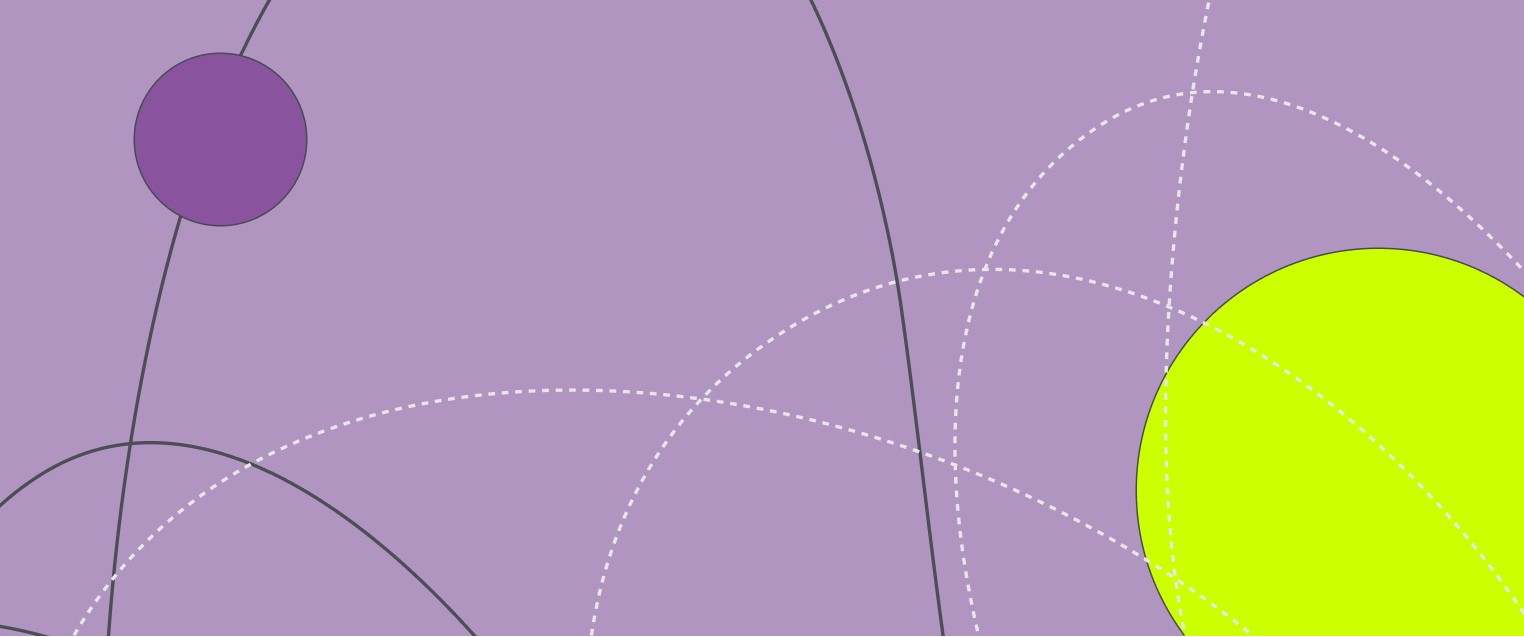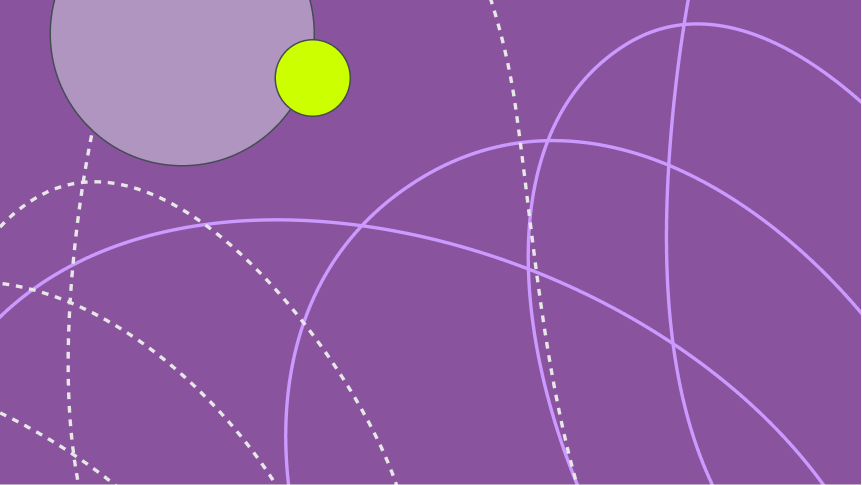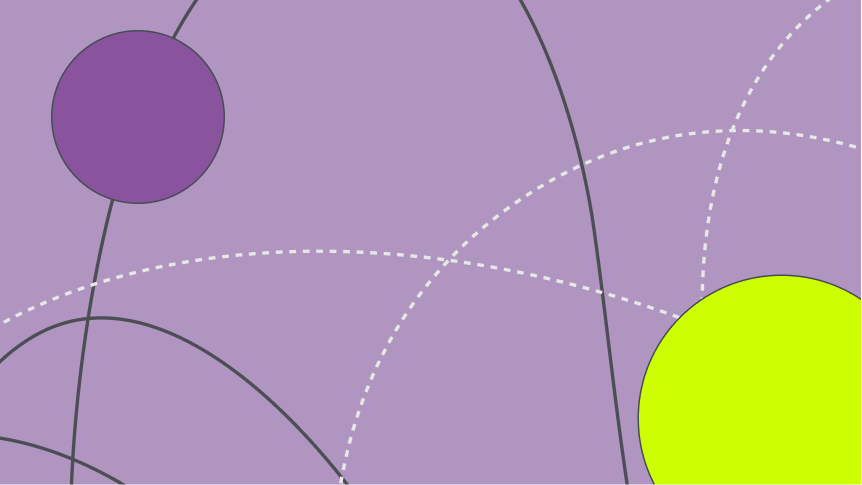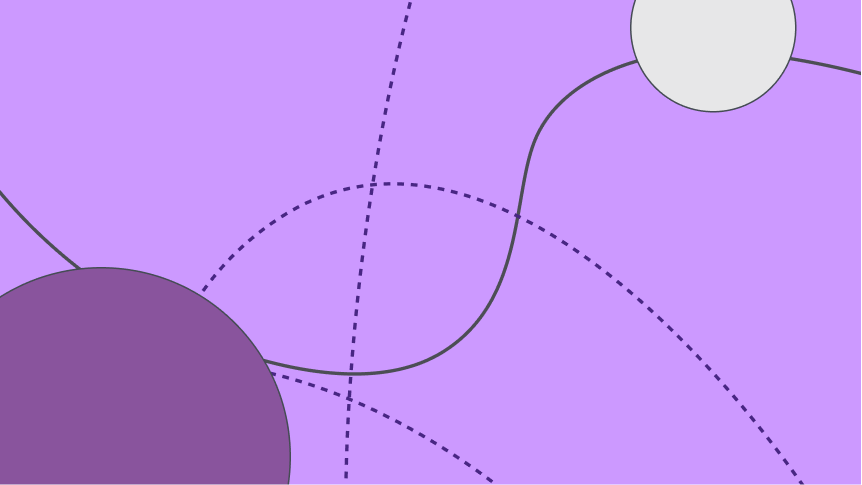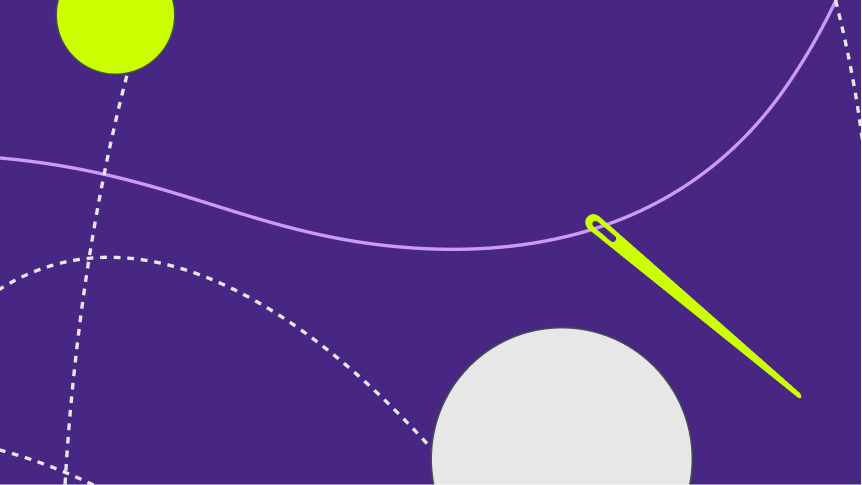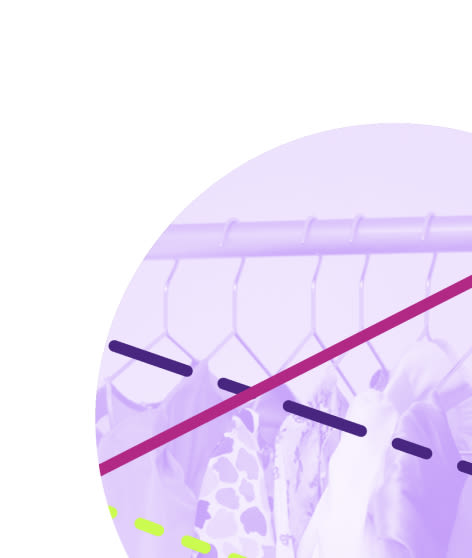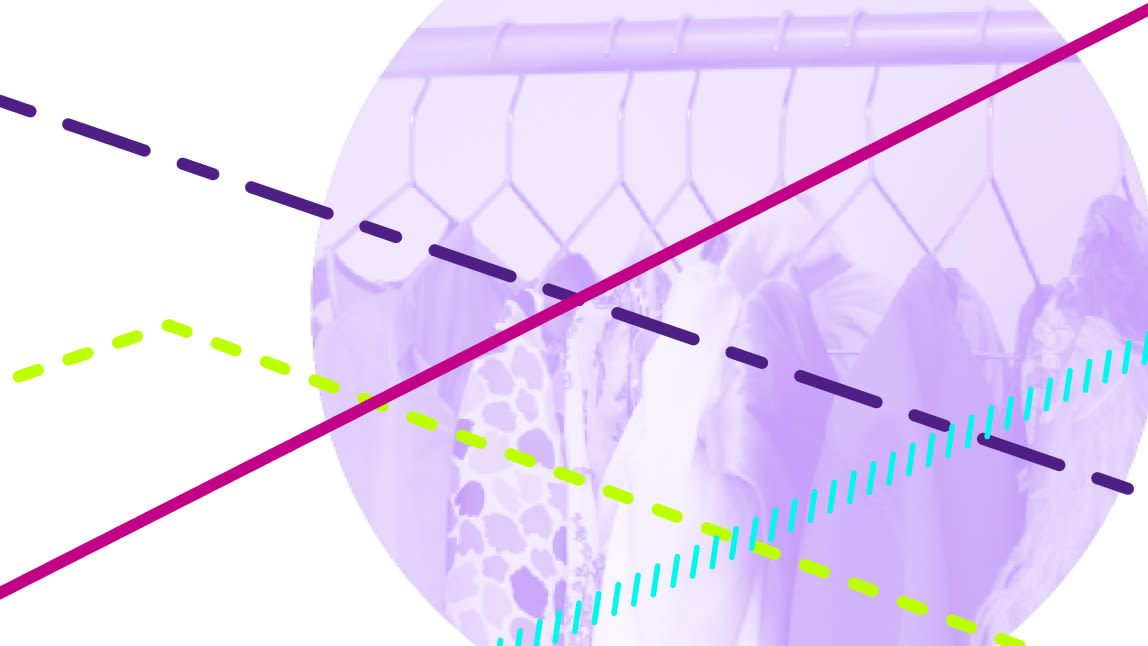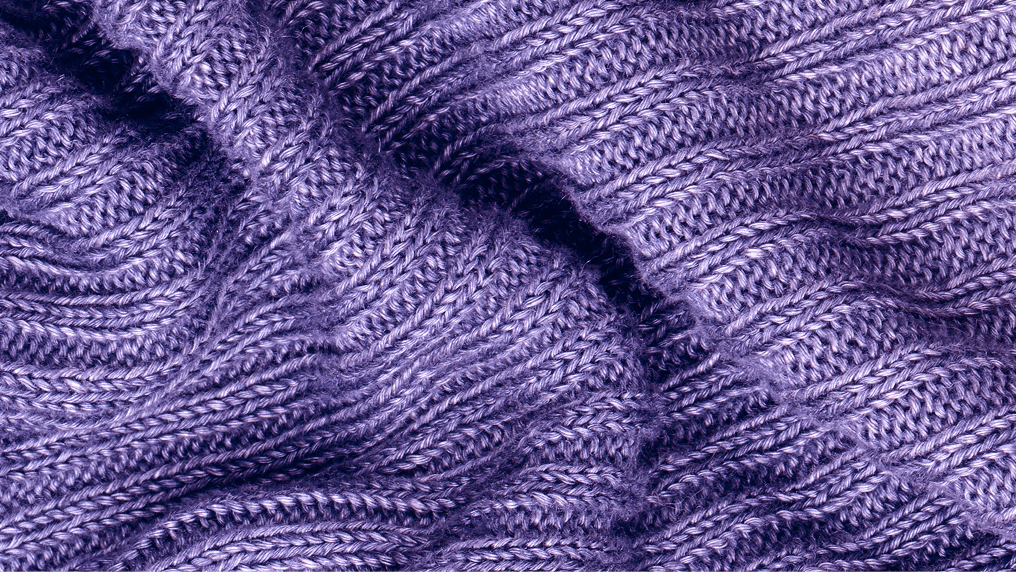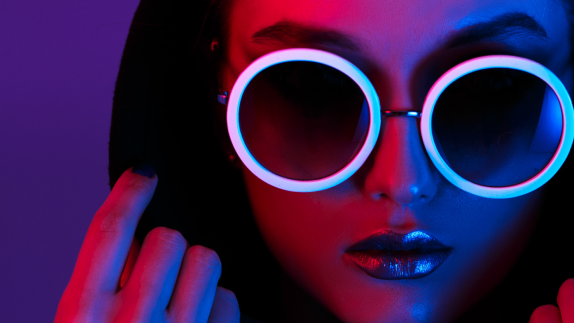To maximise the economic and environmental potential of circular business models, businesses need to design products that are physically durable, emotionally durable, and able to be remade and recycled at the end of their use.
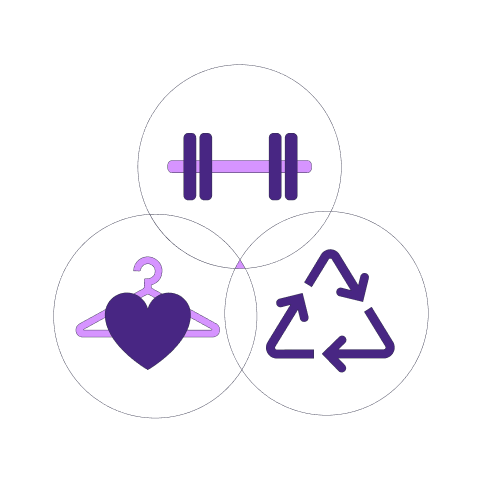
Physical durability - Combining material choices and garment construction, including component reinforcement, in order to create highly durable products that can resist damage and weare over long periods of time.
Emotional durability - Applying strategies that increase and maintain a product’s relevance and desirability to a user, or multiple users, over time.
Remake and recyclability - Designing products so that they can be disassembled and their components and materials be remade or recycled into new products.
All three design considerations are crucial to the development of products for circular business models. However, there will likely be some trade-offs to these design considerations due to factors such as current technologies and material solutions. It is essential that design decisions are specifically tailored to maximise the economic and environmental outcomes of each individual business model.
Designing for physical durability
Physical durability is a key factor in the success of many circular business models. For example, a high-turnover rental model will not be effective unless the rented items have been designed to withstand frequent cleaning. In order to create highly durable products that can resist damage and wear over long periods of time requires designers to carefully combine material choices and garment construction, including component reinforcement.
Examples of businesses putting this into practice
W. L. Gore and Associates assesses the real-life performance of its products and collects feedback, as well as conducting lab tests that mimic real-use aging. The business uses this to inform the design of products, such as increasing the durabilitydurabilityThe ability of a product, component or material to remain functional and relevant when used as intended. of components that fail first.
Lacoste is applying durability standards throughout textile product categories. For this, it has introduced a product durability protocol as part of its ‘Durable Elegance’ strategy. It also takes into account customers’ habits and concerns, covering both individual components and finished product testing.
ERDOS focuses on developing high-quality cashmere products. Their 2019 SHAN collection included “self-cleaning” cashmere which is water and oil resistant and easy to maintainmaintainKeep a product in its existing state of quality, functionally and/or cosmetically, to guard against failure or decline. It is a practice that retains the highest value of a product by extending its use period.. It uses a weaving technique that doesn’t need stitching, saving materials and energy while making the product more durable. Given the high physical durability of their products, ERDOS is able to offer repairrepairOperation by which a faulty or broken product or component is returned back to a usable state to fulfil its intended use. and maintenance services (i.e. their ‘post-sales care service’).
Designing for emotional durability
Clothes also have to maintain their relevance and desirability to customers over time. Emotional durability – which relates to how long people want to use a product – is needed. Physical durability alone is not enough. Emotional durability can be based on factors such as timelessness, rarity, history, and meaning, among other aspects.
An opportunity to extend the emotional durability of an item could be sharingsharingThe use of a product by multiple users. It is a practice that retains the highest value of a product by extending its use period. stories about how the product was made to help create attachment. Likewise, offering personalisation services to make products unique for a user can increase the desirability for users to wear that product for years to come.
Examples of businesses putting this into practice
Beyond Retro focuses on developing and emphasising the uniqueness of their products (e.g. remade products from selected used items). The brand has built a dedicated team in charge of developing theatrical displays in retail stores and curating unique products.
klee klee shares stories about each of their products so customers can learn where the materials come from, how the garment has been made, and how to take care of it, therefore, helping to create a stronger attachment between the customer and the clothes.
ARKET selects materials that improve in their look and feel with increased use and provide specific care guides for those materials, such as denim.
Designing clothes so they can be remade or recycled
For circular business models to succeed in reducing greenhouse gas emissions long term, new clothing will need to be made from materials that are already in use, and move away from finite virgin resources. For this to be possible, products need to be designed and made in a way that allows them to be disassembled, remade, and recycled, which means considering how products are constructed, as well as which materials and components are used. This also prevents products becoming waste and can maximise the positive environmental outcomes even further.
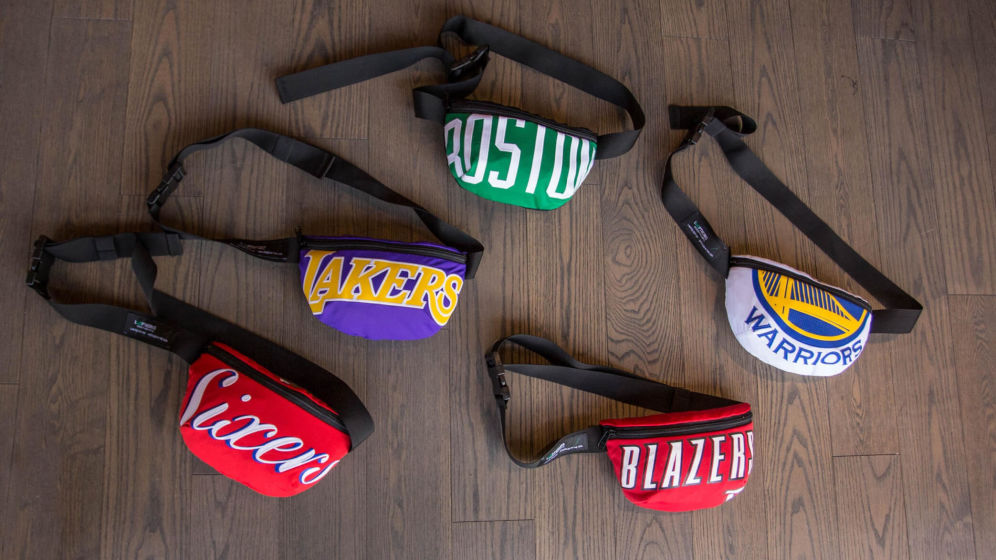
Looptworks collaborates with businesses to repurpose material, such as these bags made from used NBA jerseys.
Examples of businesses putting this into practice
For Days makes its garments from 100% cellulosic fabric (predominantly organic cotton) so that they can easily be remade into new garments or recycled once they are worn out. For Days incentivises its customers to return their used garments so that they can remake and recyclerecycleTransform a product or component into its basic materials or substances and reprocessing them into new materials. them in practice.
For its Circular Series of jackets, Napapijri simplified the design so that its entire jacket – fabric, filling and trimmings – is manufactured from one recyclable polymer – Nylon 6. Customers can return products from the Circular Series range after use so that they can be remade and recycled into new products.
Looptworks is collaborating with other businesses to repurpose pre- and post-consumer material. For example, they have partnered with the NBA to remake used jerseys into backpacks and crossbody bags. Such partnerships help businesses avoid waste while providing them with a better understanding of how to redesign their products.
What policymakers can do to stimulate product design that ensures items are used more and for longer
Existing product policies have often focused on developing aspirational benchmarks and design criteria in voluntary ecolabels or green public procurement. These can be further developed with a focus on physical and emotional durability, and remaking and recycling. Based on a thorough environmental impact assessment, policymakers can establish minimum regulatory requirements referring to mandatory information and technical standards to ensure products are made to last and never become waste.
Download
Circular business models is available in: English
Four key actions for businesses
To make sure their business models are circular, and to maximise the positive outcomes, businesses, supported by policymakers, can take four key actions.
